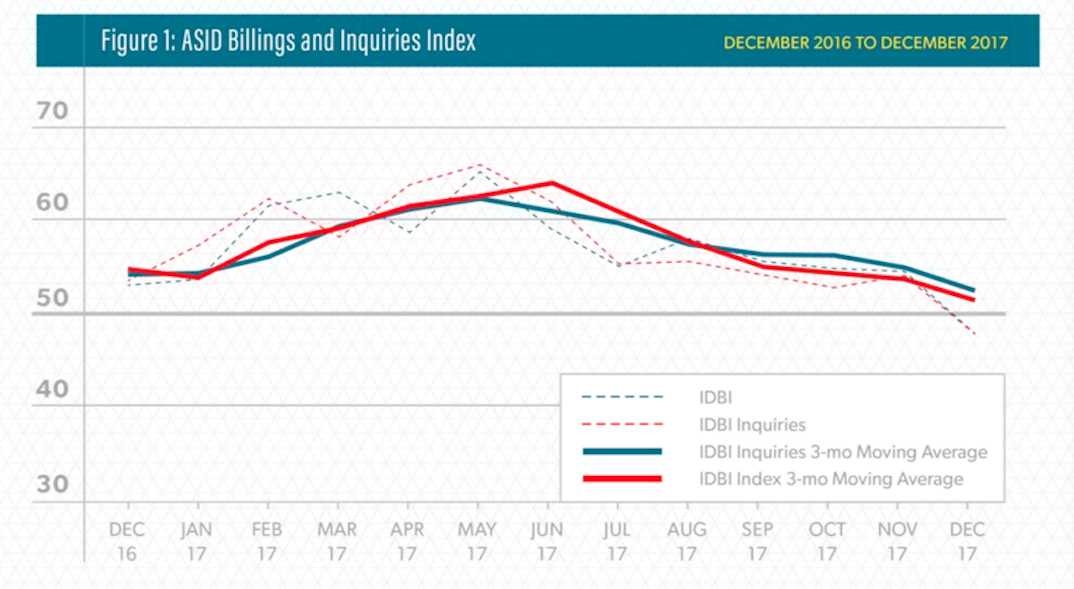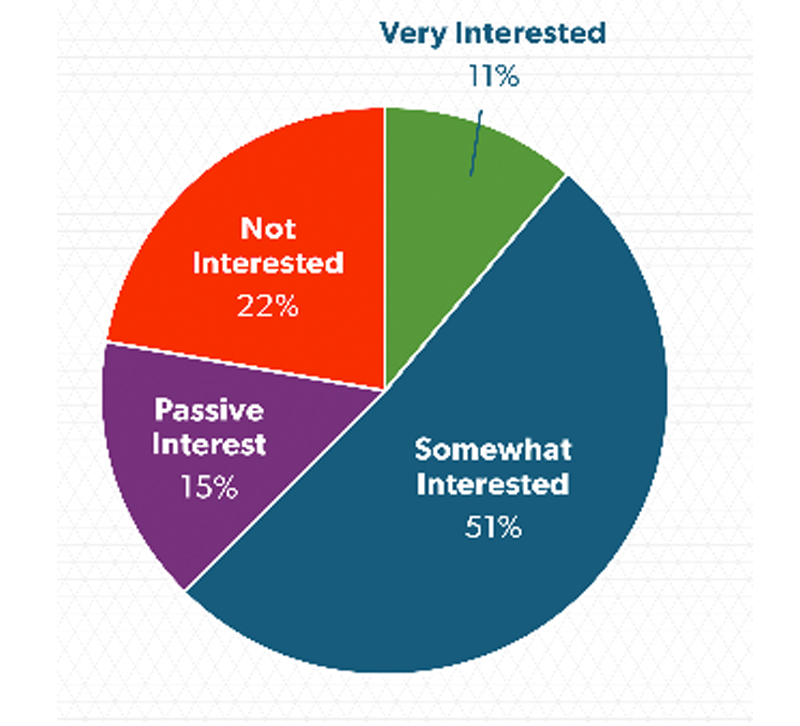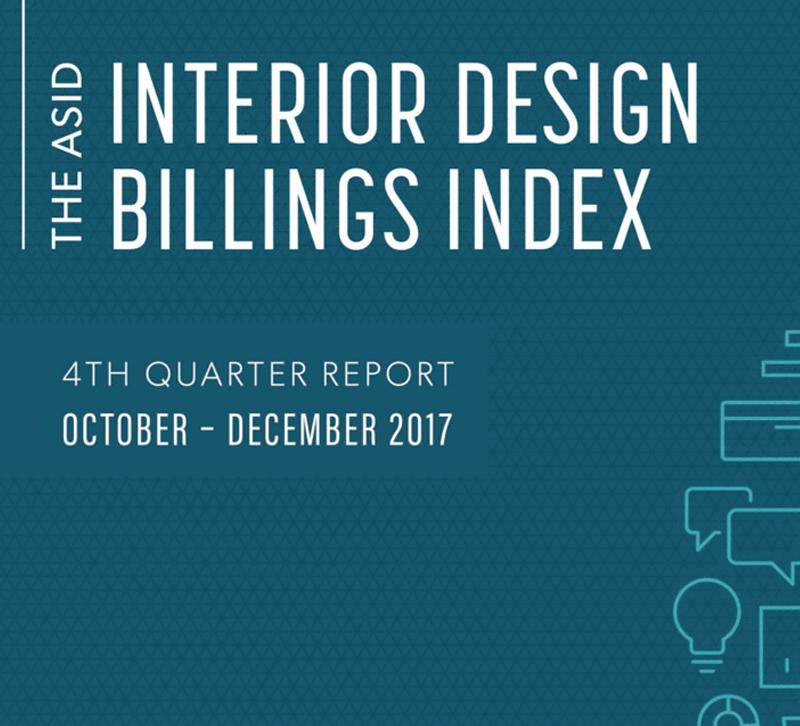Each quarter, the American Society of Interior Designers (ASID) releases its interior design billings index to track growth in the industry and look out for major changes and challenges. The society surveys interior design firms of all sizes and in geographical locations across the U.S. to determine the number of inquiries firms are receiving and the number of actual billings. When put together, ASID has a clearer picture of how the interior design industry is doing.
Yesterday, ASID released its fourth-quarter report, and there's good news for interior designers. Read on to learn more about the report's findings.
Looking backward and forward
Overall, the fourth quarter billings index remained positive. Both billings and inquiries stayed above 50, the cut-off number that separates expansion from contraction. Anything above 50 is considered to be expanding, "a sign of healthy growth still going on in the industry," said Jack Kleinhenz, Principal and Chief Economist at Kleinhenz & Associates and co-author of the report.

As readers will notice, billings did slow down towards the end of the year, but Kleinhenz says this isn't a cause for concern just yet as it's happened in the past. It's fairly common for service businesses to slow down in the big holiday months as consumers are spending money on gifts and travel during the holidays.
While the industry looks good overall, there were some areas experiencing some contractions. Firms with 10 or more employees started low last year, grew and then dipped once more. Kleinhenz says for larger firms that work on bigger projects, billings can be staggered, but it isn't a red flag just yet. In the Northeast, billings dipped quite a bit below 50 starting in September. Kleinhenz says this may be a result of the current economy in the Northeast in terms of construction and home purchases.
Looking to the future, Kleinhenz is optimistic about the next six months for interior designers.
"I think that we saw a good year," Kleinhenz says. "There's no cause for concern in the latter part of 2017. I think it's an encouraging sign that current business will improve in the coming months."
A word on healthy materials

As always with these billings index reports, ASID asked their responders to answer a few questions about their clients and the trends they see. For this report, responders weighed in on healthy materials — how interested clients were and what concerns they had.
A whopping 51 percent of designers said their clients were somewhat interested and another 11 percent were very interested. Only 22 percent were not interested at all.
One designer's response to the question echoed sentiments that Robin Wilson made in our November issue: designers need to be educators.
"I think we have to guide them in that direction and make sure they have an awareness," the responding designer said.
Another designer said the cost of healthy materials made a big difference to clients — a fairly common sentiment in the industry. Many clients assume sustainable and healthy materials are more expensive, and in some cases, they are. When clients hesitate, Wilson recommends guiding clients through a series of questions to highlight why the healthy product is better for their homes and their wallets in the long run. In most cases, the client goes with the product made of healthy materials.
"You've guided them without telling them what to do," she explained in our November issue.
For manufacturers and retailers that produce or stock products made of healthy materials, make sure the industry knows you exist. As one responder said, "When digging, you can find that many smaller companies have healthy material standards, but may not advertise or promote them."
Promote your healthy material products on social media and to your email subscribers. Discuss what makes a "healthy material" and why it matters. You may find a whole niche in your area that is looking for your products.
What surprised you most about this report? Share with us in the comments!







